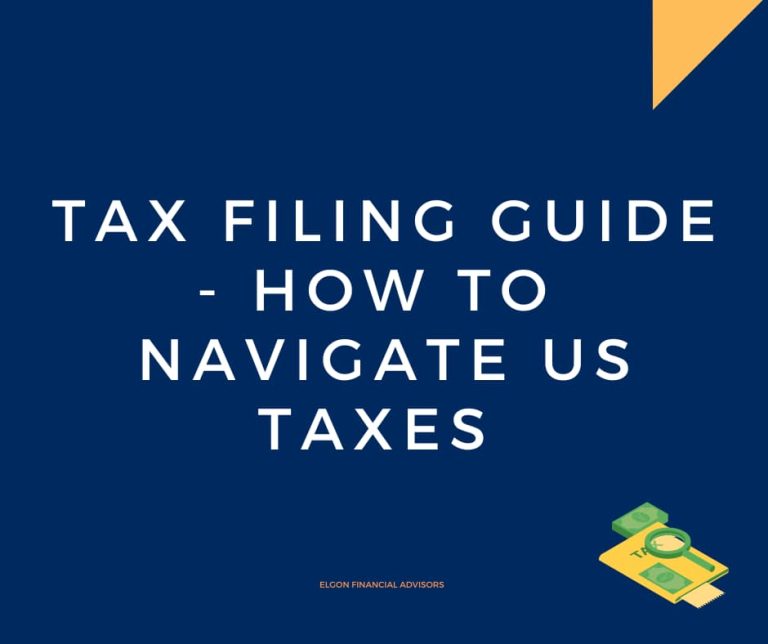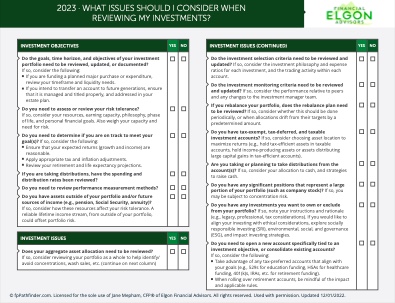
Is tax-loss harvesting the key to building wealth?
I have seen this term bandied around as one of those things that every sophisticated investor needs to do every year to reduce taxes.
As to whether it’s appropriate for your situation or not, like a lot of financial decisions, it depends. So, in today’s post, I’m going to answer the following questions.
What is tax-loss harvesting?
What to watch out for.
What accounts can you use for tax-loss harvesting?
When does it make sense to harvest losses and is it worth it?
What Is Tax-loss Harvesting?
At a high level, tax-loss harvesting involves selling investments that are down or underperforming. You then use that loss to offset capital gains on other investments. The goal is to reduce overall taxes – hence the term tax-loss harvesting.
A simple example of tax-loss harvesting.
You started your investment portfolio with investment XYX purchased for $100,000, and investment ABC worth $100,000.
Today XYX is worth $75,000 and ABC is worth $120,000.
This can be described as an unrealized loss of $25,000 and an unrealized gain of $20,000. Unrealized, because it’s all on paper. It only becomes realized when you sell out of the position.
If you sell ABC, there is a gain of $20,000, and you need to pay either long-term gains taxes (0,15% or 20%) or short-term gains taxes (current marginal income tax rate – can be up to 37%).
If you sell XYX, you’ll have a loss of $25,000. This can be used to offset the $20,000 gain with some change.
The extra $5,000 can be used to lower taxable income (up to $3,000 per year – married filing jointly), and the rest $2,000 can be carried forward to offset future income or future capital gains.
Long-term gains are offset with long-term losses first, and short-term gains are offset with short-term losses first. But in the end, the losses of other kinds can be deducted against the other kind of gain.
Keep in mind that there are some States that don’t allow you to carry over losses. So you need to make this decision carefully if you live in a state that has an income tax.
Taking IT A Step Further – Maintaining Your Portfolio
The tax-loss harvesting simple example above makes sense if your goal is to liquidate your portfolio. But if you still want to stay invested in the market, you need to take it a step further, and not miss out on any days in the market.
Using the above example, after selling XYZ, replace it with a similar investment (but not substantially identical). This would be similar in terms of expected risk and return levels. This will do two things.
It will allow you, the investor to continue being in the market and be able to take advantage of any market movements, especially positive ones.
It will also allow you to continue maintaining the same asset mix.
Beware Of The Wash-Sale Rule As You Tax-loss Harvest
The key thing with the above strategy is to avoid buying the same asset at a loss (within 30 days, before or after the sale) since it would trigger the IRS wash-sale rule, leading to the losses not being recognized. “This amounts to a 60-day window, starting from 30 days before the sale to 30 days after the sale”
Keep in mind that the wash-sale rule applies across all of your accounts in all brokerage firms (including your IRAs), and your spouse’s accounts.
So, you cannot sell something for a loss and suddenly have your spouse buy it in one of their accounts, and claim the loss. IRS will disallow the loss. This applies whether you file taxes together or not.
The 60 days are calendar days, so it does not matter when you start the count, meaning it will easily cross years. So the 30 days can be in 2023, and the other 30 in 2024.
This can get very tricky when you have shares (RSUS, ESPPs, etc), vesting regularly, as well as automatic dividend reinvestments. This article goes into 8 different examples of transactions that may trigger the wash sale rule.
This rule can seriously burn you if not careful. For example, in 2021, a Robinhood day trader was hit with a tax bill of $800,000 on a $45,000 profit. All his losses were disallowed since he was not waiting the required days after realizing a loss, before jumping back into the same stock.
(PS: Day trading is not as easy as some make it sound, and using the tax-loss harvesting strategy makes it more challenging)
At the end of the wash-sale period, you can safely get back into your original investments – now, most likely with a different cost basis.
What Accounts Do You Use For Tax-loss Harvesting?
One of the benefits of a taxable account is the ability to do tax-loss harvesting and tax-gain harvesting.
The tax-loss harvesting strategy only works in a taxable account and cannot be used in a tax-deferred (401k or IRA), or an account that grows tax-free like a Roth IRA or a 529 account.
It doesn’t matter how the accounts are organized or managed, as long as it’s a taxable account it can be used for tax-loss harvesting. Examples of these accounts are
A managed account
Online brokerage account – you open that on your own.
A robo-advisor account like Betterment.
When Does It Make Sense To Do Tax-loss Harvesting?
“Don’t let the tax tail wag the dog” is an expression you are likely to hear now and again. Essentially don’t make investment decisions only based on the tax considerations.
So don’t let the tax decision be the driving force for doing this, despite the name tax in the “tax-loss harvesting” expression.
In summary, here are times when it makes sense to do this.
If you have a concentrated position in one stock. You can use losses from others to slowly diversify.
You are likely going to be in a lower tax bracket in the future.
If you are a careful investor, who pays attention to tax lots. This makes sense when you invest regularly, some lots make money, some lose money – it’s what makes possible dollar-cost averaging into the market.
Tax-Loss Harvesting In Cross-Border Situations
The above strategy is specifically for the US market. A few other countries may have a variation of the same but with different rules and different strategies.
For example in the UK, they have a bed-and-breakfasting rule, which operates very similar to the wash sale rule.
It’s best to work with a professional in that space.
Conclusion
Tax-loss harvesting is another tool to keep in your investment arsenal. If you use it wisely you can make real gains in your investment portfolio, by lowering your taxes.
Need Help With Your US Finances?
Check out our process that will help you evaluate our services, and let you make an informed decision about working together.
Get Started Now
If not ready to start, that’s okay, but please stay on top of our regular updates by email, or by joining here. Sign Up Here
Disclaimer: This article is provided for general information and illustration purposes only. Nothing contained in the material constitutes tax advice, a recommendation for the purchase or sale of any security, investment advisory services, or legal advice. I encourage you to consult a financial planner, accountant, and/or legal counsel for advice specific to your situation. Reproduction of this material is prohibited without written permission from Jane Mepham and all rights are reserved. Read the full disclaimer here.





